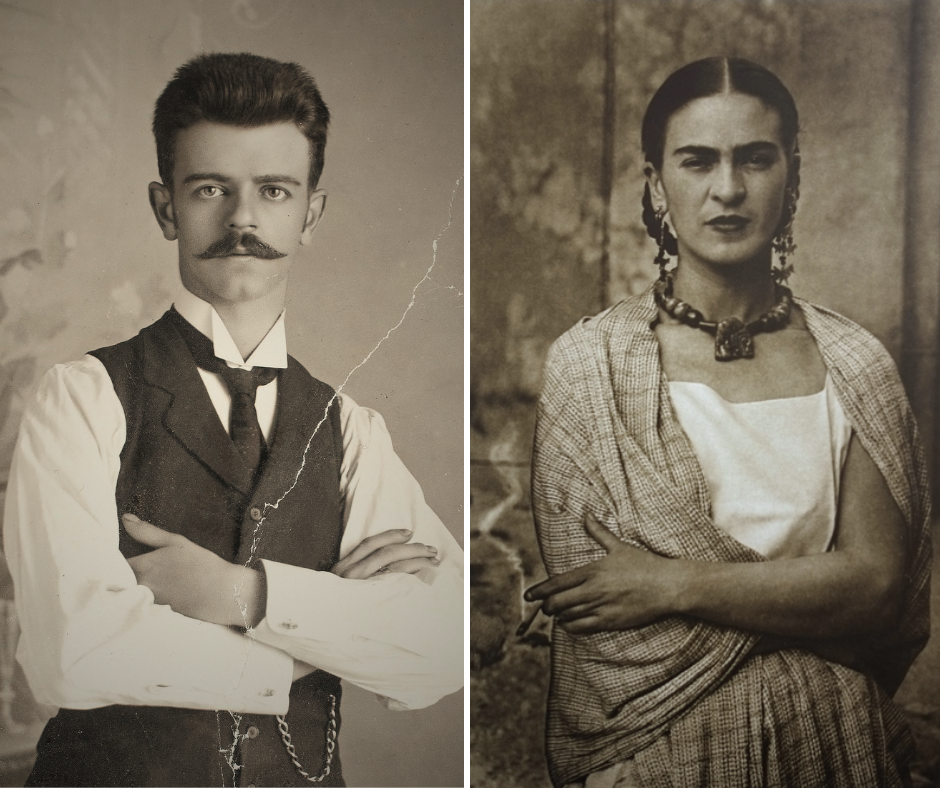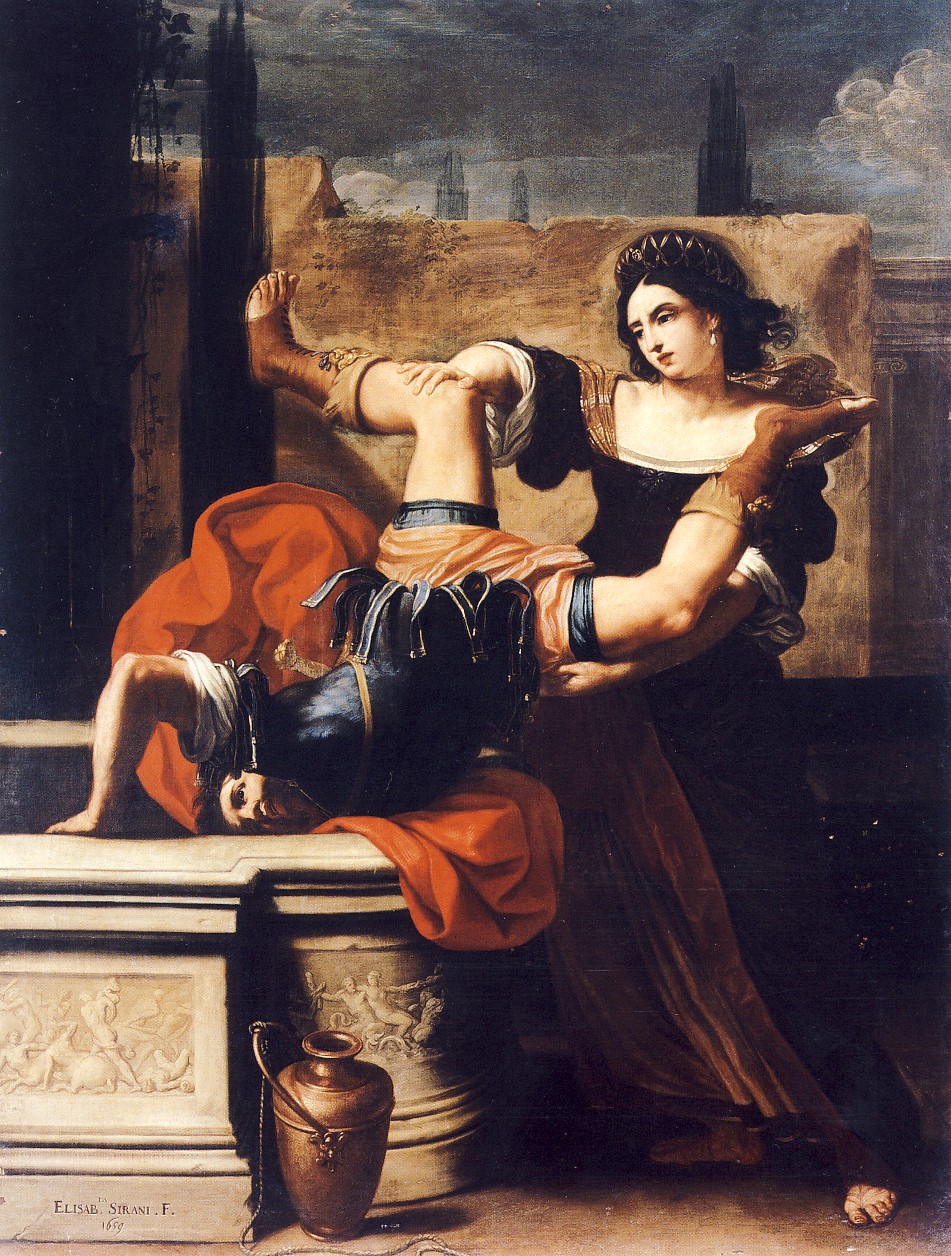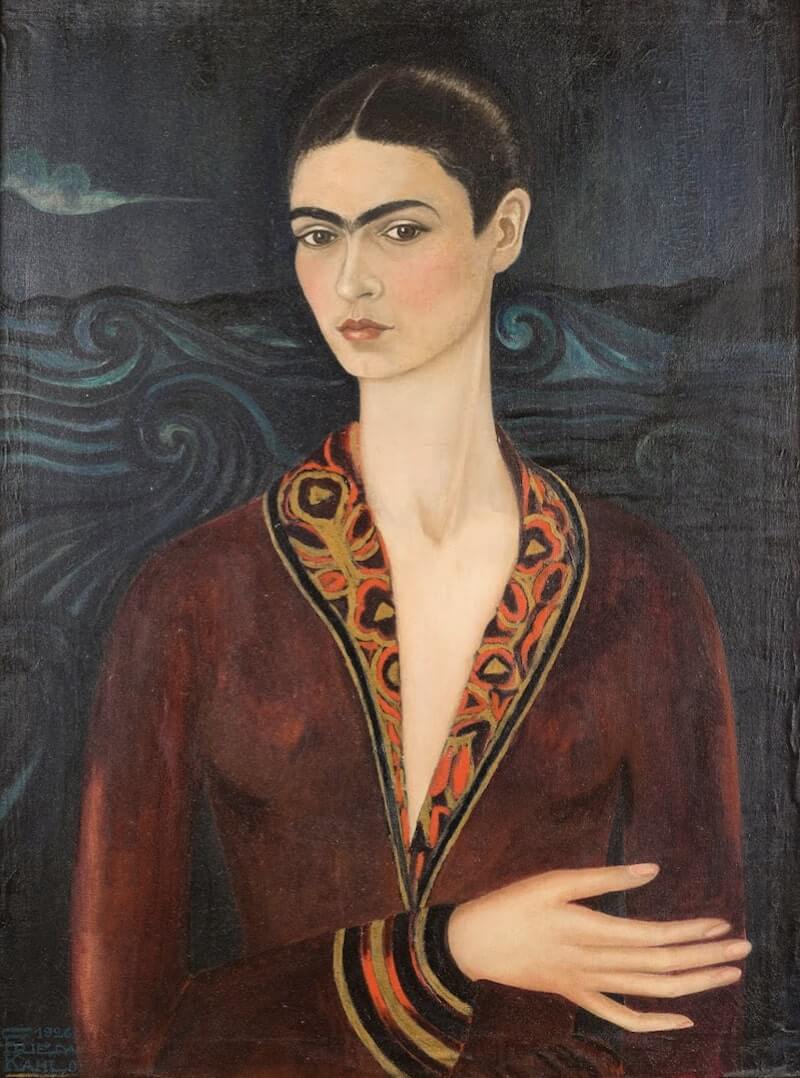

Happy Father’s Day: Dads Who Supported Their Daughters’ Art Careers
Summary
This article celebrates the fathers who supported their daughters’ art careers, highlighting how their encouragement and resources helped these women artists overcome barriers and achieve success. Featured artists include Sofonisba Anguissola, Berthe Morisot, Georgia O’Keeffe, Camille Claudel, Elisabetta Sirani, Angelica Kauffman, Frida Kahlo, Eva Gonzalès, and Helen Frankenthaler. Their fathers’ support was instrumental in their artistic development and career achievements.
Reflection Questions
- How has your family’s support or lack thereof influenced your personal or professional pursuits?
- Can you think of an example where a mentor or family member’s support was crucial to your success?
- How do you believe cultural and historical contexts affect the recognition and support of women in the arts?
Journal Prompt
Reflect on a time when someone’s encouragement made a significant difference in your life. Write about how their support helped you overcome challenges and achieve your goals. Consider how you can provide similar support to others in your life, fostering their talents and ambitions.
Father’s Day is this Sunday, so we’re celebrating the dads who supported their daughters’ art careers. For many women artists, the support and encouragement from their fathers were instrumental in helping them overcome societal barriers and achieve remarkable success in the art world. These fathers recognized their daughters’ talents, provided them with the necessary training and resources, and fostered environments that allowed their artistic abilities to flourish. While these women thrived in part due to their fathers’ support, their own drive and determination were even more responsible for their success, so let’s celebrate them, too! Read on to learn more about these incredible women and their dads.
Sofonisba Anguissola and Her Father Amilcare Anguissola


Sofonisba Anguissola (1532-1625) was an Italian Renaissance painter known for her portraiture and genre scenes. She was one of the first female artists to gain international recognition during a period when women were rarely acknowledged in the arts. Anguissola’s work was notable for its fine detail and realistic portrayal of her subjects, and she became a role model for other female artists of her time.
Sofonisba’s father, Amilcare Anguissola, played a crucial role in nurturing her artistic talent. He recognized her abilities early on and arranged for her to receive training from local painters, including Bernardino Campi and Bernardino Gatti. Amilcare was instrumental in promoting Sofonisba’s work, sending her drawings and paintings to prominent figures across Europe. His dedication to her education and career helped her gain recognition at a young age and secure a position as a court painter for King Philip II of Spain. Amilcare’s support was pivotal in Sofonisba’s development and success as an artist.
Berthe Morisot and Her Father Edmé Tiburce Morisot


Berthe Morisot (1841-1895) was a French painter and a prominent figure in the Impressionist movement. She is celebrated for her delicate and nuanced depictions of domestic life, women, and children. Morisot’s work often featured soft brushstrokes and a light color palette, capturing the fleeting effects of light and atmosphere.


Berthe’s father, Edmé Tiburce Morisot, supported both her and her sister Edma in their pursuit of art. He allowed them to take private lessons from prominent artists and set up a studio in their home. This support provided Berthe with the resources and environment necessary to develop her skills. Edmé’s encouragement was crucial in helping Berthe become a successful artist, allowing her to participate in the first Impressionist exhibition in 1874 and subsequently establish herself as a leading figure in the movement.
Georgia O’Keeffe and Her Father Francis Calyxtus O’Keeffe


Georgia O’Keeffe (1887-1986) was an American modernist artist known for her innovative paintings of enlarged flowers, New Mexico landscapes, and New York skyscrapers. Her work is characterized by its bold forms, vibrant colors, and meticulous attention to detail. O’Keeffe is often referred to as the “Mother of American Modernism.”
O’Keeffe’s father, Francis Calyxtus O’Keeffe, supported her education and artistic pursuits despite not being an artist himself. He valued education and provided financial support that enabled Georgia to attend the Art Institute of Chicago and the Art Students League in New York. This education laid the foundation for her development as an artist, allowing her to explore and refine her unique style. Francis’s support was essential in enabling Georgia to pursue her passion and achieve success as one of America’s most iconic artists.
Camille Claudel and Her Father Louis-Prosper Claudel


Camille Claudel (1864-1943) was a French sculptor known for her expressive and dynamic works in bronze and marble. She was a student and collaborator of Auguste Rodin, with whom she had a complex personal and professional relationship. Claudel’s work is celebrated for its emotional intensity and technical mastery.
Fuel your creative fire & be a part of a supportive community that values how you love to live.
subscribe to our newsletter
*please check your Spam folder for the latest DesignDash Magazine issue immediately after subscription


Camille’s father, Louis-Prosper Claudel, was supportive of her artistic ambitions from a young age. He encouraged her talent and facilitated her studies by allowing her to move to Paris, where she trained under notable sculptors. Louis-Prosper’s support was instrumental in helping Camille develop her skills and gain recognition in the competitive art world. Despite facing numerous challenges, including societal prejudices against women artists, Camille’s father’s encouragement played a significant role in her artistic achievements.
Elisabetta Sirani and Her Father Giovanni Andrea Sirani


Elisabetta Sirani (1638-1665) was an Italian Baroque painter known for her portraits, religious scenes, and allegorical works. She was highly skilled and prolific, creating a large body of work in her short life. Sirani is celebrated for her refined technique and ability to convey emotion in her paintings.


Elisabetta’s father, Giovanni Andrea Sirani, was a painter who trained her in his workshop. Recognizing her exceptional talent, Giovanni provided her with a comprehensive artistic education and encouraged her to pursue a career in painting. His guidance and support were crucial in Elisabetta’s development as an artist. Giovanni’s promotion of her work and the reputation of his workshop helped Elisabetta gain commissions and recognition, establishing her as one of the leading painters of her time.
Angelica Kauffman and Her Father Johann Joseph Kauffman
Angelica Kauffman (1741-1807) was a Swiss Neoclassical painter known for her portraits, history paintings, and allegorical works. She was one of the founding members of the Royal Academy of Arts in London and enjoyed a successful career across Europe. Kauffman’s work is noted for its elegance, clarity, and classical themes.


Angelica’s father, Johann Joseph Kauffman, was a painter who recognized her talent early on and provided her with extensive training. He took her on his travels, exposing her to various artistic styles and cultures, which greatly influenced her work. Johann Joseph’s support and encouragement were instrumental in Angelica’s development as an artist. His promotion of her work and connections in the art world helped her secure commissions and gain widespread recognition.
Frida Kahlo’s Father Guillermo


Frida Kahlo (1907-1954) is one of the most celebrated Mexican artists known for her deeply personal and symbolic paintings that often depicted her pain and suffering. She is famous for her self-portraits, which incorporate vibrant colors and elements of Mexican folk art. Kahlo’s work explores themes of identity, postcolonialism, gender, class, and race in Mexican society. Despite enduring significant health challenges, including a severe bus accident that left her with lifelong pain and medical problems, Kahlo produced a substantial body of work that has left a lasting impact on the art world.


Frida Kahlo’s father, Guillermo Kahlo, was a professional photographer who played a crucial role in her artistic development. Pictured above, Guillermo recognized Frida’s artistic talent and encouraged her creative pursuits from a young age. He provided her with artistic materials and taught her technical skills related to photography, which influenced her attention to detail and composition in painting.
Guillermo’s support was not only emotional but also practical; he helped Frida during her long convalescence after the bus accident by fostering an environment where she could focus on her painting. His own discipline and dedication to his craft served as a strong example for Frida, helping her to develop the resilience and determination that characterized her artistic career.
*The photo of Frida used in our featured image was taken by her father in 1932.
Eva Gonzalès and Her Father Emmanuel Gonzalès


Eva Gonzalès (1849-1883) was a French Impressionist painter known for her portraits and domestic scenes. She was a student of Édouard Manet and developed a style characterized by its delicate brushwork and subtle use of color. Gonzalès’s work often depicted intimate moments of everyday life, capturing the quiet beauty of her subjects.


Eva’s father, Emmanuel Gonzalès, was a writer who supported her artistic pursuits. He provided her with the environment and opportunities to develop her talent, including arranging for her to study under Édouard Manet. Emmanuel’s encouragement and support were crucial in Eva’s development as an artist. His belief in her abilities helped her gain confidence and establish herself in the competitive art world, where she became known for her distinctive style and contributions to the Impressionist movement.
Helen Frankenthaler and Her Father Alfred Frankenthaler
Helen Frankenthaler (1928-2011) was an American abstract expressionist painter known for her innovative techniques and influential contributions to color field painting. Her work is characterized by its use of large, vibrant areas of color and fluid, spontaneous compositions. Frankenthaler’s pioneering approach to painting had a significant impact on contemporary art.
Helen’s father, Alfred Frankenthaler, was a New York State Supreme Court judge who valued education and culture. He supported Helen’s artistic education, allowing her to attend prestigious schools such as the Dalton School and Bennington College, where she received training that contributed to her development as an influential artist. Alfred’s encouragement and financial support enabled Helen to pursue her passion for art and explore new techniques, leading to her success as a leading figure in the abstract expressionist movement.
Our Final Thoughts Before Father’s Day
Whether through encouragement, resources, or simply believing in their potential, these fathers helped their daughters break barriers and leave indelible marks on the art world. We invite you to reflect on your own experiences and share how your dad has influenced your love of the arts or shaped your career. Join the conversation and honor the dads who have nurtured our passions and inspired us to reach for our dreams. Happy Father’s Day!








